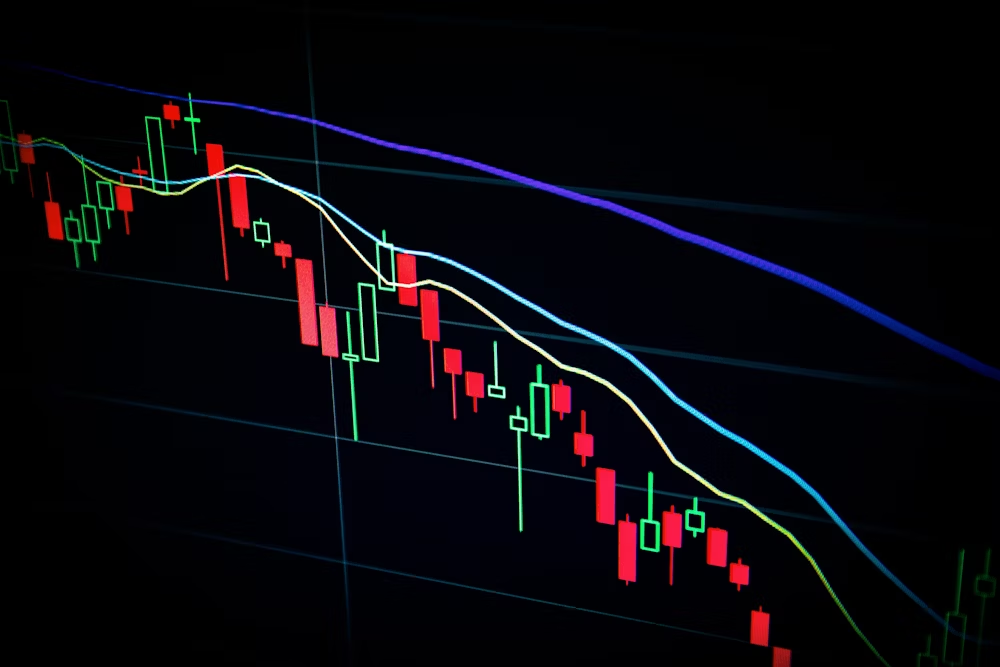The Anatomy of a Crypto Nightmare
Imagine this: You’ve found what seems like the next big crypto project. The website looks professional, the community is buzzing, and the price is starting to climb. You invest your hard-earned money, watching your portfolio grow. Then, in an instant—it’s all gone. The developers vanish, the website goes offline, and your investment disappears into thin air.

Welcome to the world of rug pulls—the crypto equivalent of a carefully orchestrated heist where the thieves are the ones who built the vault.
What Exactly is a Rug Pull?
A rug pull occurs when cryptocurrency developers abandon a project and run away with investors’ funds. It’s a type of exit scam that’s become increasingly sophisticated in the DeFi space. The developers “pull the rug” out from under investors, leaving them with worthless tokens.
The Two Main Types:
- Liquidity Rug Pull: Developers remove all the liquidity from trading pools, making tokens impossible to sell
- Soft Rug Pull: More subtle—developers slowly drain funds while maintaining appearances
Why Do Rug Pulls Keep Happening?
1. Ease of Execution
Creating a token has become incredibly simple. With tools like token generators, anyone can create a cryptocurrency in minutes without technical knowledge. The barrier to entry is virtually nonexistent.
2. Anonymity Culture
Crypto’s privacy-focused nature allows developers to remain anonymous. While privacy has legitimate benefits, it also provides perfect cover for scammers.
3. Lax Regulation
The decentralized and global nature of cryptocurrency makes regulation difficult. Scammers operate in legal gray areas, often beyond the reach of traditional financial authorities.
4. Profit Potential
The rewards can be enormous. Successful rug pulls have netted scammers millions in minutes, with little risk of getting caught.
5. FOMO Culture
The “fear of missing out” drives investors to make impulsive decisions without proper due diligence, creating perfect conditions for scams.
The MUST-HAVE Protection Checklist
🔍 Due Diligence Essentials
Token Contract Verification:
- Check if the contract is verified on blockchain explorers
- Look for audit reports from reputable firms
- Review contract code for obvious red flags
Liquidity Analysis:
- Confirm liquidity is locked for a significant period (6+ months)
- Check if liquidity pool tokens are burned or in a timelock contract
- Monitor liquidity changes over time
Team Transparency:
- Are team members doxxed (publicly identified)?
- Do they have verifiable track records?
- Is there active, transparent communication?
🚨 Red Flags You Can’t Ignore
- Anonymous Teams: No faces, no names, no history
- Unrealistic Returns: Promises of guaranteed profits or absurd APY
- Copy-Paste Websites: Generic templates with minimal original content
- Suspicious Tokenomics: Large team allocations, no vesting schedules
- Rushed Launches: Pressure to invest immediately
- Poor Community Engagement: Bot-filled Telegram/Discord, censored criticism
🛡️ Practical Protection Strategies
Portfolio Management:
- Never invest more than you can afford to lose in new projects
- Use a tiered investment approach based on project maturity
- Diversify across established and emerging projects
Technical Safeguards:
- Use hardware wallets for significant holdings
- Enable transaction previews and confirmations
- Regularly review wallet permissions and revoke unnecessary approvals
Trading Practices:
- Wait for initial volatility to settle before investing
- Use limit orders instead of market orders
- Take profits gradually rather than all at once
Real-World Rug Pull Examples
The Squid Game Token
Perhaps the most famous rug pull, this token capitalized on the Netflix show’s popularity. At its peak, the token reached $2,800 before developers pulled liquidity, crashing the price to zero. Investors lost millions in minutes.
AnubisDAO
Positioned as a “community-run” project, AnubisDAO raised 13,556 ETH (roughly $60 million at the time) before developers disappeared hours after the liquidity launch.
Merlin DEX
A Binance Smart Chain project that rugged for $2 million, demonstrating that even projects with seemingly functional products can be exit scams.
Why YOU Are the First Line of Defense
While regulators and platforms work on solutions, the reality is that you are ultimately responsible for protecting your investments. The decentralized nature of crypto means there’s rarely a central authority to reverse transactions or recover funds.
Mindset Shifts for Survival:
- Trust, But Verify: Assume good intentions but always verify claims
- Patience Over FOMO: Missed opportunities cost less than lost capital
- Education as Insurance: Knowledge is your best protection against scams
- Community Vigilance: Share information and warnings with other investors
The Future of Rug Pull Prevention
The ecosystem is evolving with better protection mechanisms:
- Improved auditing tools and automated scam detection
- Decentralized KYC solutions that preserve privacy while verifying legitimacy
- Better liquidity locking mechanisms and transparent tokenomics
- Community-driven due diligence platforms
Bottom Line: Your Crypto Survival Guide
Rug pulls aren’t going away anytime soon, but armed with knowledge and the right tools, you can significantly reduce your risk. Remember:
- If it seems too good to be true, it probably is
- Always do your own research—no exceptions
- Start small and scale as projects prove themselves
- When in doubt, wait it out
The crypto space offers incredible opportunities, but like any frontier, it has its share of bandits. Your vigilance isn’t just about protecting your investment—it’s about helping build a safer ecosystem for everyone.
Stay safe, stay skeptical, and may your investments be rug-proof. 🛡️
Want to stay ahead of the scammers? [Join our alpha list] for real-time alerts and exclusive market analysis that helps you spot red flags before they cost you money.


